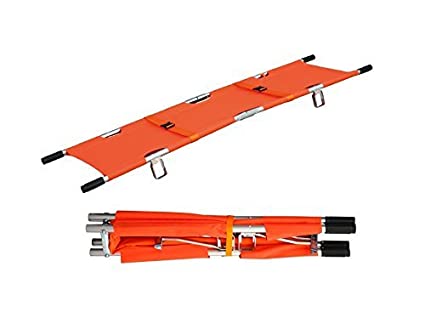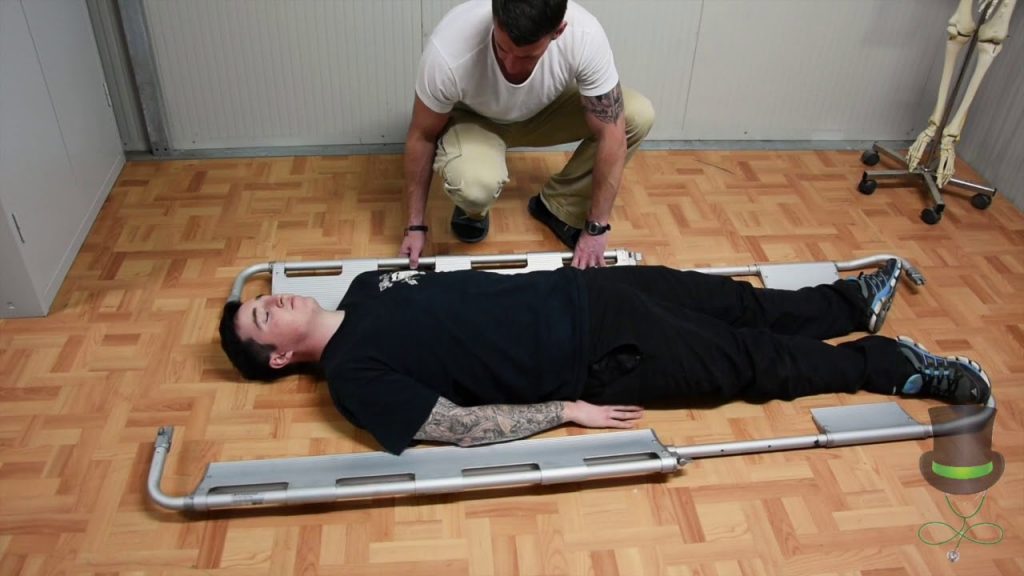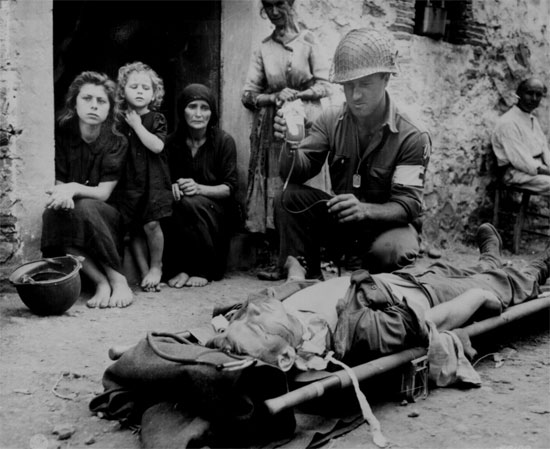Lifting and Moving Equipment
Published (updated: ).
Anything that moves a patient from one place to another can be referred to as a stretcher. The term stretcher can be used interchangeably with litter. Since moving patients is the primary skill of EMS, there are a variety of ‘stretchers’ routinely used.
Always Read The Manual

A wheeled stretcher is most commonly associated with EMS. Ferno was the first widely known manufacturer of stretchers in the United States. The 29M stretcher from Ferno became the standard. Based on a popular design used in hearses, the 3 position stretcher served EMS well in the beginning, but because operators wouldn’t read the stretcher operating handbook, there were a number of incidents where operators would drop patients.

Freedom House paramedics, who first were deployed in the 1960s, provided a crucial service for Pittsburgh residents. The program became a national model for emergency medical transport and care.
The 30M stretcher was the result of Ferno wanting to keep making stretchers but not wanting to get sued. In order to load, the stretcher had to be lowered to ground level and picked up with a type of squat lift. Over the years stretcher design improved to carry more weight and Ferno eventually designed stretchers that would be defendable in a lawsuit without breaking anyone’s back in the process. Technology has really caught up with EMS. Today, stretchers can lift themselves. Pneumatic (air powered) or electric motors can become the lifting force for the stretcher. There are stretchers that can load itself into the ambulance. Some other stretchers are below:


Patients are also transported on long backboards and in isolettes. Nearly all of this equipment requires inspection and certification in order to be used on a regular basis.



